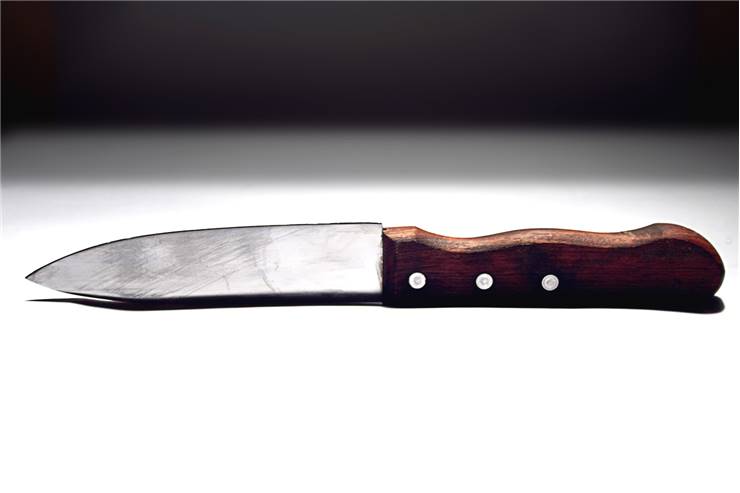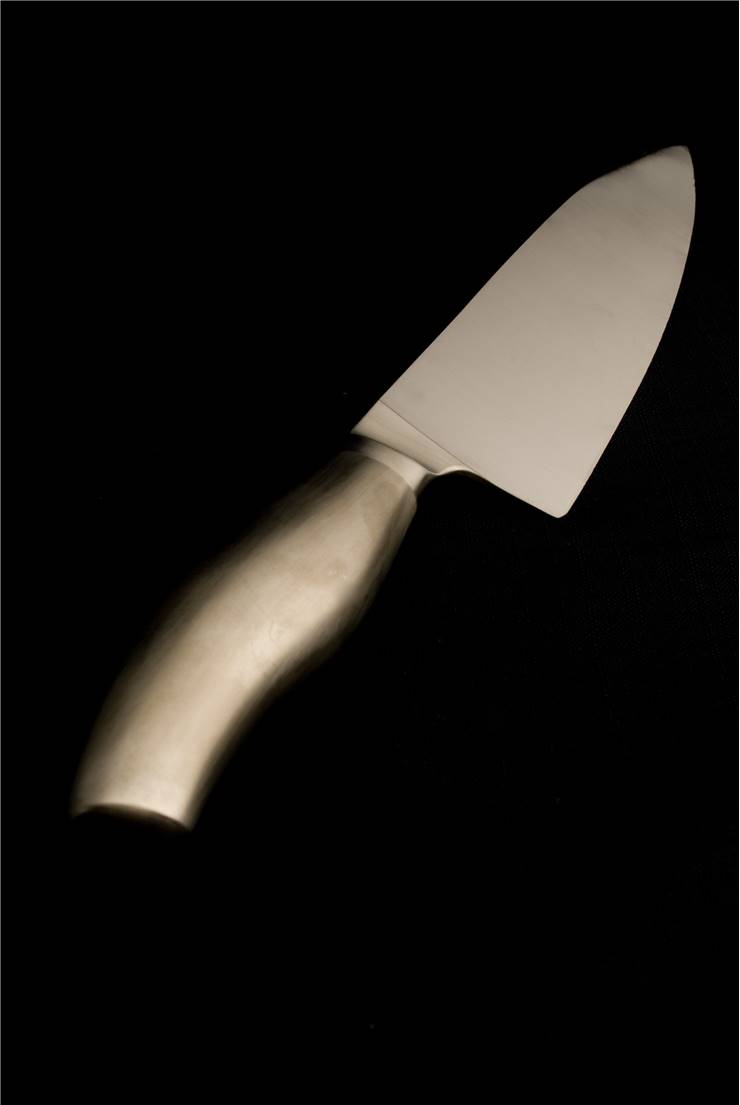The History of the Knife
From the early days of our race, knife represented one of the first and most important tools that enabled rise of our technology, military, culture, science and all other things that brought us to this point of modern civilization. As a vital tool for survival, combat, construction and food preparation, knife quickly became the most basic tool from which all other were born. In those ancient times, 500 thousand years ago, sharpened stones started slowly evolving and becoming more and more like its modern counterpart. Before the time when fire enabled the melting of the various metals and forging them into modern knives, their stone counterparts received several visual upgrades. Double bladed knives were most popular, and their wooden or stone hilts were decorated with animal skins and feathers. Those knives represented the great deal of pride for the warriors and elders who owned them, and that tradition continued to be practiced with the arrival of Bronze Age.
Appearance of metallurgy brought the ability to create the knives from softer types of metal. Even though knives from bronze did not provide durability over longer periods of time [easily dulled, and susceptible to corrosion), their sharpness and slim designed proved to be superior to any stone knife tool. As the centuries went on, iron and then steel became commonplace across entire world. Knives created from those materials were much more durable and easier to maintain their sharpness after prolonged use.

During the times of Medieval Europe, steel metallurgy managed to evolve knives from small single or double-bladed edges to larger sizes - swords, spears and axes. Even with all those advancements, use of knives as an eating utensil continued to be used in some small circles. Even as early 15th century there was indication that wealthy circle of people started carrying personal knives intended for double use - both eating and defending against threats. During those times host were not obliged to provide their guest will any kind of eating utensil in addition to plates, so wealthy males used their eating knives for cutting their own meals, and meals of nearby female guests. Slim double-bladed knives were made to be good for cutting and piercing foods (as some simple spear). As use of forks became widespread in entire Europe by late 17th century, most uses used this kind of small knives on regular basis (or combination of two knives, one for stabilizing and other for cutting the meal).
Distinguishable design of modern table knife was not introduced by natural evolution of our tastes and eating rituals. It was the will of French Cardinal Richelieu in late 1630s that first started to shape the traditions of Royal Court. He detested the use of sharp knives as a means of scooping food from a table and a tool for picking and cleaning teeth. In the following years he managed to influence King Louis XIV of France to ban the use of double-bladed knives not only from his Court but from entire country to reduce violence. This gave birth to blunt tipped single bladed knives which soon became standard part of Europe's dining tables. Another very important reason for popularization of blunt tipped knives was early 19th century popularization of curved four tined forks, which removed the need for sharp tipped knives (especially in United States, which was one the last territories to embrace forks and blunt tipped knives).

The table knives that we all know today were finally standardized in early 20t century with the invention of stainless steel, which gave the entire range table utensil ability of easy manufacture and maintenance.
Here are some of the many types of utensil knives:
- Bread knife - has a serrated blade that is well suited for cutting bread.
- Boning and carving knives - used for processing meat, bones and fish.
- Cleaver - large "hatchet" knife used for cutting bones.
- Butcher's Knife - used by professionals to carve meat.
- Kitchen knife - knife that is suited for everyday use in kitchen.
- Oyster knife - it has short and thick blade that is well suited for opening oyster shells.
- Table knife - best suited for eating at the table.

